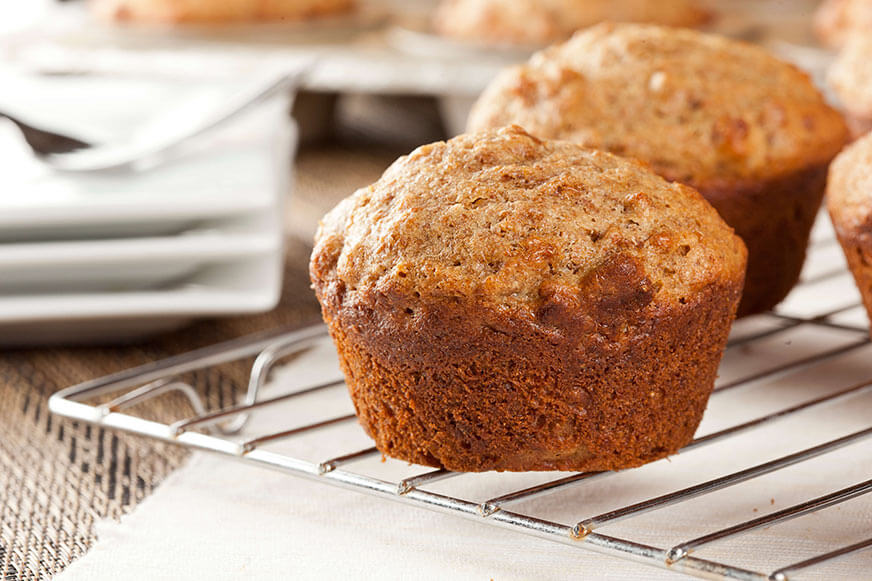Gluten-free baking
Whether you’ve recently been diagnosed with celiac disease, a condition which causes inflammation of the small intestine, or you’re simply trying to watch your figure, gluten-free baking may be a part of your diet. While the transition to baking without gluten may seem like a rocky one, it need not limit you from enjoying all of your favorite foods. In fact, learning a few simple tricks of the trade (gluten-free baking, that is) can ensure you enjoy all of your favorite desserts as though nothing has changed. Who knows, you may even pick up a few new recipes that you didn’t have in your repertoire ! So if you or a loved one is cooking for someone with celiac disease or other gluten-based dietary restriction, then check out these tips for gluten-free baking:
Stop and smell the flour(s)
When transitioning to a gluten-free diet, one of the single largest changes you’ll have to make in your kitchen will be replacing traditional flour with the appropriate alternatives. The challenge here comes not from finding an appropriate flour, but rather from selecting your preferred substitute from the broad array of alternatives. Some of the most popular types of alternative, gluten-free flour are millet, buckwheat, coconut or sorghum flour. Buckwheat flour makes an excellent option for breakfast dishes such as crepes or pancakes, while the nutty flavor of sorghum flour makes it perfect for blending with other baking ingredients. Inversely, millet and coconut flours are naturally sweet, which make them more appropriate for baking dessert dishes such as cupcakes or pastries. Note that coconut flour absorbs more moisture than traditional flour, so adding an extra egg to some recipes may be necessary for consistent results. Try experimenting with multiple kinds of flour to determine which is best for your style of baking and cooking.
DIY flour
Another kitchen hack for gluten-free cooking is designing your own flour. Perfect for students taking pastry courses online, this allows you to know exactly what goes into your culinary creations while also making your own signature flavors. Try using our template for creating your own flour mix, and then adjust according to your tastes! Mix one cup of your favorite gluten-free flour with one cup of a common starch, such as potato or cornstarch. Mix this with one third or one half of a cup of almond or hazelnut meal and then add a teaspoon of xanthan gum for consistency.
The finer points
Once you’ve established your favorite mix of gluten-free flour, you’ll want to focus on some of the finer points of this transition. Many people find that gluten-free baking leads to drier final products, but this can be countered simply by making minor changes, such as swapping out traditional sugar for brown sugar or increasing the amount of egg or oil in the recipe. If you’re having trouble keeping your recipe held together, try using evaporated milk in place of traditional milk or even adding an extra egg into the mix.



